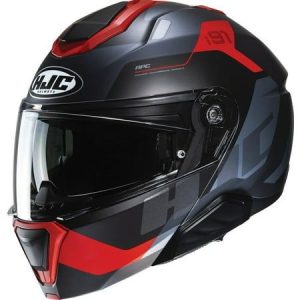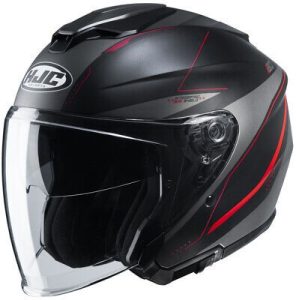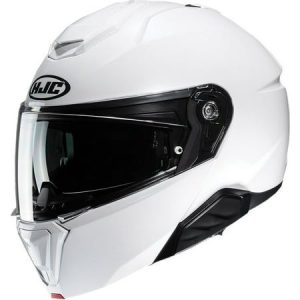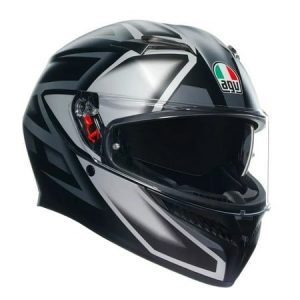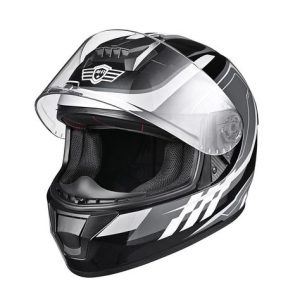Jun 26, 2024
What motorcycle helmet is the safest?
A motorcycle helmet is the most important piece of safety gear for any rider. It protects your head in the event of a crash, and choosing the right one is crucial. What motorcycle helmet is the safest? This article will provide information to help you find a helmet that offers the best protection for your head, but we recommend consulting a motorcycle safety expert to get a personalized recommendation.
Helmet Safety Standards
Helmets sold in the United States must meet safety standards set by the Department of Transportation (DOT) or the Snell Memorial Foundation. Both DOT and Snell offer rigorous testing procedures to ensure helmets provide adequate impact protection.
DOT certification:
The DOT standard is the minimum safety requirement in the United States. A DOT-approved helmet will have a DOT sticker on the back.
Snell certification:
Snell certification is generally considered to be more stringent than DOT certification. Snell certification may be required for some motorcycle racing organizations. A Snell-approved helmet will have a Snell sticker on the back.
Types of Motorcycle Helmets
There are several different types of motorcycle helmets, each with its own advantages and disadvantages. Here’s a breakdown of the most common types:
- Full-face helmets: Offer the most protection, covering the entire head, face, and jaw. Ideal for all riding styles, especially high-speed riding.
- Modular helmets: Also known as flip-up helmets, these helmets have a chin bar that can be lifted up, transforming them into an open-face helmet. They offer more versatility than full-face helmets but less protection with the chin bar raised.
- Open-face helmets: Expose the face and often lack a chin bar. Offer less protection than full-face or modular helmets, but provide more ventilation and a wider field of view. Suitable for low-speed riding, but not recommended for highway riding.
- Dual-sport helmets: Designed for both on-road and off-road riding. Often have a visor and a peak to shield the rider from the sun and debris.
Choosing a Helmet That Fits
A properly fitting helmet is essential for safety. A helmet that is too loose could come off in a crash, and a helmet that is too tight could be uncomfortable and distracting while riding.
Here are some tips for getting a good helmet fit:
- Measure your head: Wrap a tape measure around the widest part of your head, just above your eyebrows.
- Try on different helmets: Find a helmet that feels snug but comfortable. The helmet should not move excessively when you shake your head.
- Check the cheek pads: The cheek pads should make gentle contact with your cheeks.
- Check the visor seal: The visor should seal against the helmet opening to prevent wind noise and debris from entering.
Remember: If you ever feel discomfort while wearing a helmet, take it off and re-evaluate the fit. A properly fitted helmet should be comfortable and secure.
Additional Features to Consider
Once you’ve found a helmet that fits well and meets the necessary safety standards, you can consider additional features:
- Visor: Choose a visor that offers a clear, undistorted view and provides UV protection. Consider a scratch-resistant visor for added durability.
- Ventilation: Good ventilation is important for comfort, especially in hot weather. Look for helmets with vents that can be opened and closed to control airflow.
- Liner: The helmet liner should be comfortable and removable for easy cleaning.
Replacing Your Motorcycle Helmet
Motorcycle helmets should be replaced every 5-7 years, or sooner if they have been in a crash or dropped. Even if a helmet looks undamaged after a crash, it may have sustained internal damage that could compromise its effectiveness in a future crash.
Finding the Right Motorcycle Helmet: Fit is King
A motorcycle helmet is the most important piece of safety gear for any rider. It protects your head in the event of a crash, and choosing the right one is crucial. This article will provide information to help you find a helmet that fits you well, which is essential for safety.
Why Does Helmet Fit Matter?
A properly fitting helmet is essential for safety. A helmet that is too loose could come off in a crash, and a helmet that is too tight could be uncomfortable and distracting while riding. If a helmet comes loose during a crash, it won’t be able to protect your head as effectively. An uncomfortable helmet can make it harder to focus on the road.
Getting a Good Helmet Fit
Here are some tips for getting a good helmet fit:
- Measure your head: Wrap a tape measure around the widest part of your head, just above your eyebrows.
- Visit a motorcycle gear store: The staff at a motorcycle gear store can help you find a helmet that fits well and answer any questions you have.
- Try on different helmets: Different brands and models of helmets may fit differently. Try on several helmets to find one that feels snug but comfortable.
- The cheek pad test: The cheek pads should make gentle contact with your cheeks. You should be able to fit a few fingers between the pads and your cheeks.
- The visor seal test: The visor should seal against the helmet opening to prevent wind noise and debris from entering. Close the visor and try to move it side-to-Transkrypt side. There should be minimal movement.
Remember: If you ever feel discomfort while wearing a helmet, take it off and re-evaluate the fit. A properly fitted helmet should be comfortable and secure.
Additional Tips for Choosing a Helmet
Once you’ve found a helmet that fits well, here are some additional tips:
- Look for a helmet with a DOT or Snell certification. These certifications mean that the helmet has met certain safety standards.
- Choose a helmet with a visor that offers a clear, undistorted view. Consider a scratch-resistant visor for added durability.
- Make sure the helmet has good ventilation. This is important for comfort, especially in hot weather.
Conclusion
Choosing the right motorcycle helmet is an important decision. By following these tips, you can find a helmet that fits well and offers the best protection for your head. Remember, safety comes first when riding a motorcycle. Ride safe!
